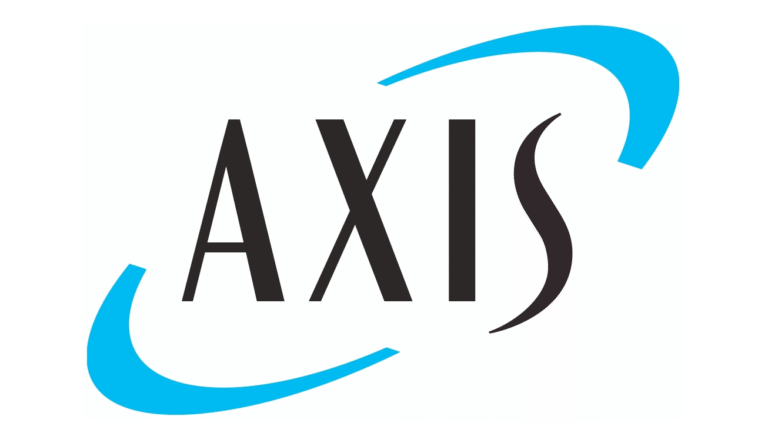
Moody’s, a provider of credit ratings, has released a detailed assessment of the potential economic and financial consequences of natural catastrophes and physical risk by 2050.

According to Moody’s, around two-thirds of these losses are expected to result from ongoing pressures such as rising sea levels and reduced labour productivity, while the remaining third arises from increasingly severe and frequent natural disasters.
For the United States, Moody’s anticipates significant economic strain. Their research estimates that US GDP could shrink by 9.5%, or $6 trillion, due to physical risk by 2050.
Furthermore, the average annual economic cost from natural disasters could rise 26% compared with 2020, while corporate operating margins are projected to decline by 2 percentage points, translating into roughly $1.5 trillion in damages. Commercial real estate (CRE) loan portfolios are also expected to face higher credit risk, with Moody’s projecting an 18% rise in default probability and over $200 million in additional expected losses.
Moody’s underscores the importance of understanding physical risk to navigate long-term uncertainty. Although these risks are often viewed over decades, recent extreme events already provide insight into their potential economic and financial impact.
In 2024, for instance, global natural catastrophes led to $320 billion in economic losses, with $140 billion insured, marking the fifth consecutive year of insured losses exceeding $100 billion, according to MunichRe. Moody’s RMS™ Event Response estimates that the Los Angeles wildfires alone generated $20–30 billion in insured damages.
Drawing on more than three decades of expertise in modelling physical risk, Moody’s combines scientific projections and policy scenarios to anticipate how risks may evolve.
Since 2021, Moody’s has extended its modelling to provide forward-looking analytics through 2100. These projections are incorporated into macroeconomic and credit models to inform long-term strategy, resilience planning, and risk management across the financial sector, including banking, insurance, private credit, and public finance.
According to Moody’s, if no new transition policies are implemented, the combined effect of chronic pressures and acute disasters will significantly depress global GDP.
Persistent threats such as heat stress, sea level rise, and agricultural disruption account for the majority of economic losses, while sudden events like hurricanes, wildfires, and flooding contribute to the remainder.
Moody’s highlights that these risks not only cause direct damage to assets but also have broader economic effects, including reduced labor productivity, population displacement, urban congestion, and pressure on government finances.
Their research shows, for example, that a Category 5 hurricane striking Miami could produce long-term economic consequences exceeding those of a typical recession, with lasting population decline, rising insurance premiums, lower housing values, and diminished household wealth.
Moody’s approach includes measuring expected asset damage using the Annualized Damage Rate (ADR), which estimates yearly damages relative to asset value.
This metric allows businesses and financial institutions to identify the most vulnerable assets, accounting for both chronic hazards that interrupt operations and acute hazards that damage physical property. By modelling exposure, vulnerability, and changing hazard intensity and frequency, Moody’s provides robust insights for credit assessment and strategic planning.
In the US corporate sector, Moody’s analysis finds that under a high-emissions scenario (RCP8.5), physical risk could reduce aggregate operating margins by 2 percentage points by 2050.
Of this, 1.47 percentage points reflect indirect economic impacts, while 0.56 percentage points are direct losses tied to the location of facilities. Moody’s estimates that this exposure could increase average corporate default probabilities by 74%, highlighting the significance of physical risk for creditworthiness.
Moody’s also examines a representative CRE loan portfolio, projecting a 17.8% increase in default probability and a 22.1% rise in expected losses, raising aggregate expected losses from $1.21 billion to $1.48 billion.
Geographic factors intensify risk: properties in New Orleans, for example, could see default probabilities rise 43% and expected losses nearly 62%, demonstrating the importance of diversification in mitigating exposure.
Moody’s findings make clear that physical risk is a material factor for both economic stability and financial decision-making. Hurricanes in Florida or wildfires in California offer early signals of a more intense and frequent pattern of natural hazards, which could substantially impact businesses, credit markets, and public finances.
Moody’s analysis suggests that organisations need to adopt forward-looking tools, stress-test portfolios under a range of plausible scenarios, and identify both risk and opportunity.
By integrating Moody’s physical risk analytics, institutions can better anticipate changing conditions, strengthen resilience, and identify strategic opportunities in a world increasingly affected by natural hazards.





